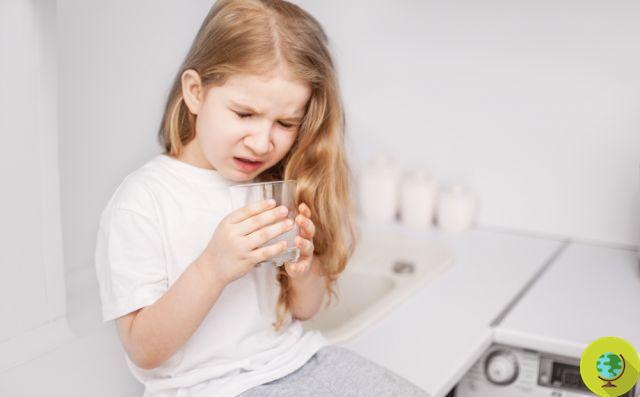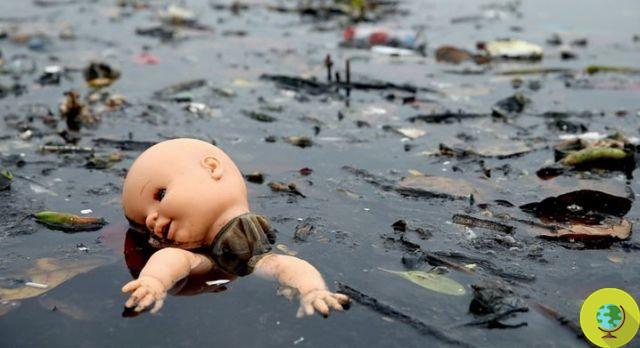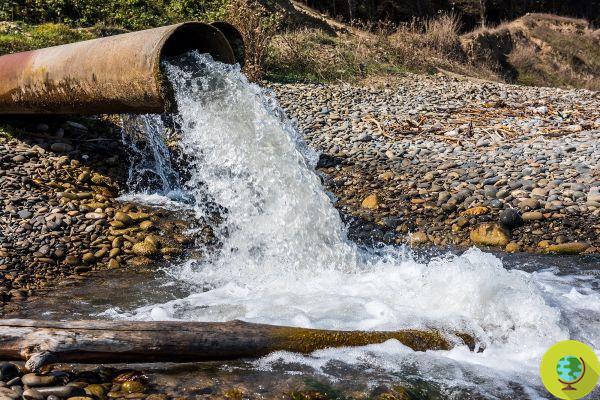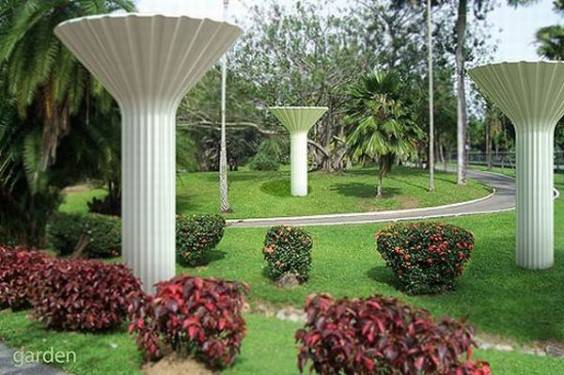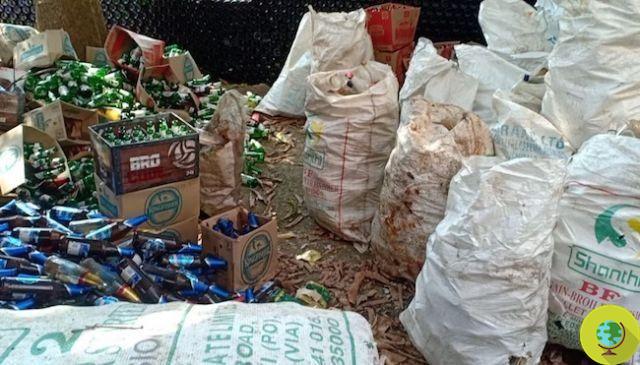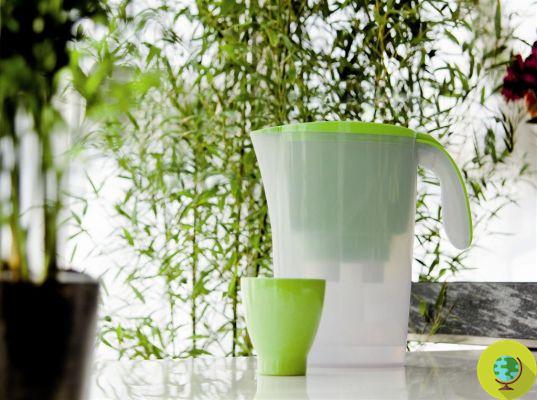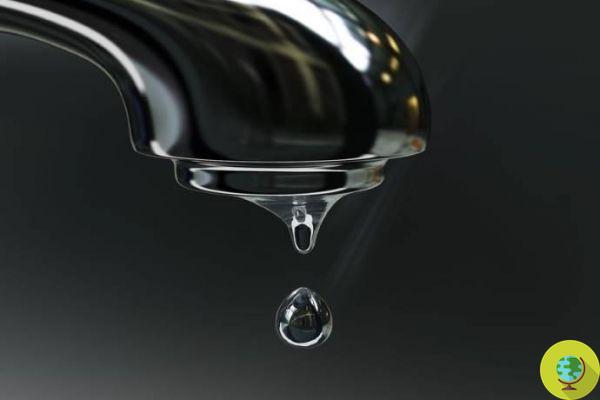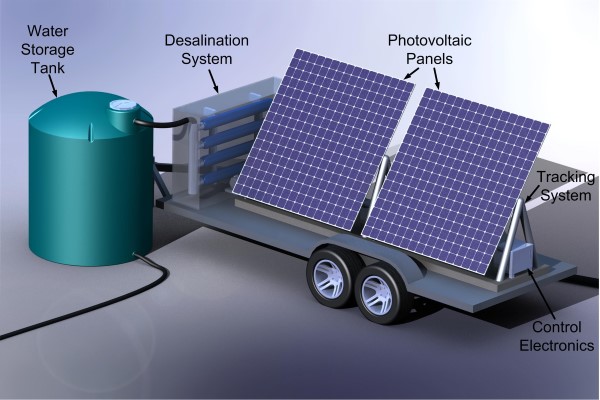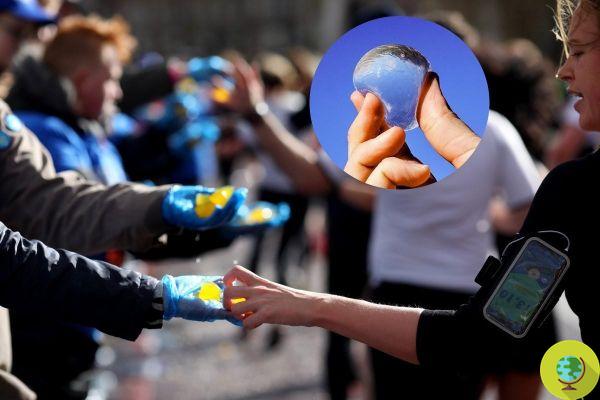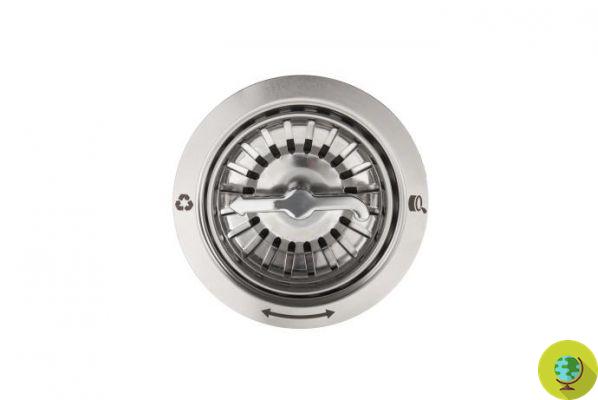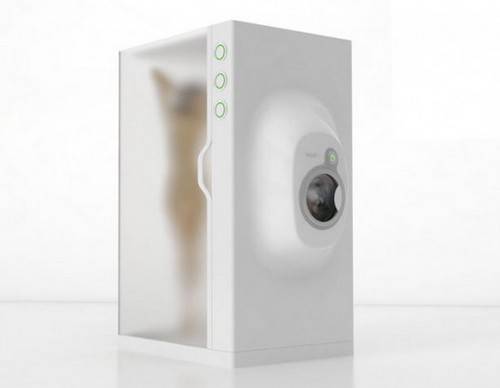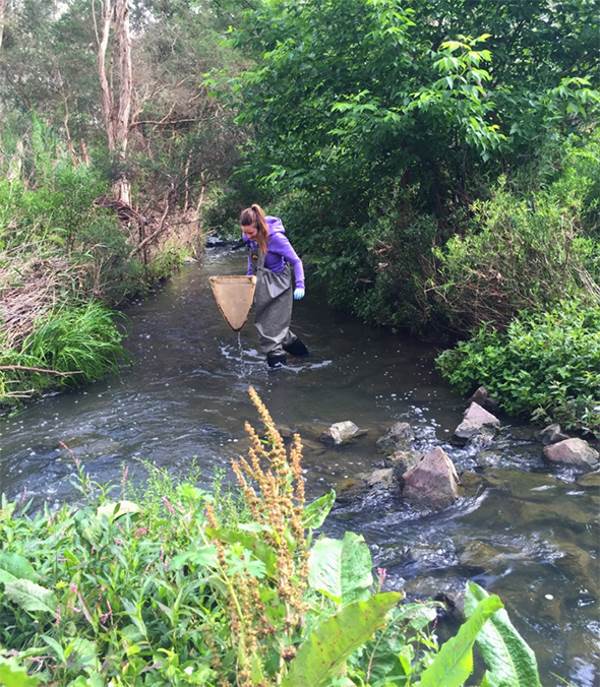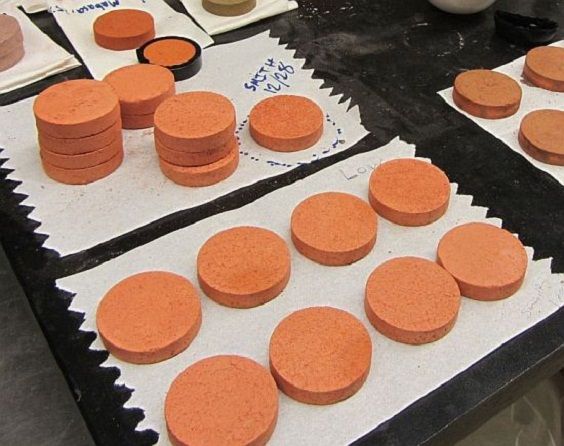Saving water is an essential practice that each of us should implement with small simple daily gestures. This is because using water without waste not only translates into enormous savings on the bill, but its conservation helps prevent water pollution in nearby lakes, rivers and reservoirs, caused by the enormous losses resulting from overloading the systems of local sewerage.
He is about to end up run over, his mother saves him
Although in our country there is no lack of water, this does not mean wasting it. The referendum in June drew everyone's attention overwhelmingly to this precious asset, managing to mobilize millions of people who reaffirmed their desire to keep it public. Now that everyone has remained, however, in our small way we try to optimize it as best we can. The water saving it is an essential practice that each of us should implement with small simple daily gestures.
This is because using water without waste not only translates into enormous savings on the bill, but its conservation helps prevent water pollution in nearby lakes, rivers and reservoirs, caused by the enormous losses resulting from overloading the systems of local sewerage.
So here it is 25 simple tips to save, without too many sacrifices, water at home, in your garden, vegetable garden and yard.
In home
-
1) Check that all the taps and pipes in your home have no losses. In fact, even a small drop that comes out of a washer can waste 20 liters of water per day. Imagine how much water could be wasted in the case of larger leaks. A proper maintenance of home taps saves water and money.
-
2) The toilet is not an ashtray or even worse a bin! Whenever you throw away cigarette butts, non-biodegradable toilet paper, paper handkerchiefs or more garbage in the toilet, 5 to 7 liters of water are usually wasted for the drainage.
-
3) Check periodically that they are not there leaks in the toilet. A very simple test to do even on your own is to pour a bottle of food coloring (non-toxic and easy to dispose) into the toilet tank in the evening before going to sleep. The coloring of the walls of the toilet, or of the water on the bottom will signal a possible leak.
-
4) For check that there are no leaks, another solution is that of read the water meter for example before going to sleep in the evening and once you wake up in the morning. If the meter does not show the same figure as the previous reading, then there is a water leak.
-
5) To save water even in the shower, try to take short showers (it is understood that the shower consumes less than the bathroom), avoid high temperatures and do not leave the tap on while you soap. In fact, on average, 5 to 10 liters of water are consumed per minute for each shower.
-
6) Install some ventilated showers (but also in all the taps in the house) or with a system that allows you to mix air with water by increasing the jet, thus making it more powerful, but at the same time decreasing consumption.
-
7) Lo toilet flush it consumes on average about 10lt of water with each jet. In reality, however, it is not necessary to use it all every time the chain is pulled. To reduce consumption, therefore, it is enough adjust the internal float, but for that you should call an expert. While an excellent do it yourself remedy to interrupt the flow and let out only the necessary water every time we use the toilet, is to put a plastic bottle filled with water and a few pebbles in the tank, which will automatically limit the jet. Another solution is the Save H2O bag, patent of the well-known Emilian inventor Alessandro Guccini, which once inserted into the toilet stops the flow allowing a saving about a liter of water at each drain. A suggestion, especially for those who are renovating the bathroom, is to replace old generation flush toilets with "low flow" or "differentiated flow" ones that use approximately 2lt of water for each drain with a much greater saving. .
-
8) To have hot water faster, without having to run the shower or the taps for a long time, insulate the pipes with special foam.
-
9) Always turn off the water while brushing your teeth. But even better is to wet the toothbrush and fill a glass of water for rinsing the mouth.
-
10) When you shave, fill the sink with a couple of inches of water and rinse inside the razor. It is not necessary to run it under running water every time. This will allow you to save water by shaving smartly.
-
11) To save energy and water at home, always use a dishwasher and washing machine only when fully loaded, during the evening hours, on holidays, at low temperatures and opt for the "eco" or quick wash. Make sure they are in Class A ++ or with the brand Energy Star of energy efficiency. In fact, the new models of dishwashers and washing machines with this brand allow you to save 50% of both electricity and less water.
-
12) Minimize or even better avoid using the waste grinder or sink waste disposer. In fact, in order to function correctly, this requires the use of a lot of water and also significantly increases the volume of waste in the drains, which in addition to maintenance problems leads to enormous environmental problems. To reduce organic waste in a conscious and eco-sustainable way, it is better to opt for domestic compost.
-
13) Avoid the hand washing dishes, but if you really have to, at least don't let the water run abundantly while soaping them. Use ecological detergents or even better do-it-yourself dishwashing detergents.
-
14) When wash the vegetables, turn off the tap! Better to fill a bowl or sink with water and a little baking soda, an excellent remedy for disinfecting fruit and vegetables.
-
15) Instead of making drinking water flow abundantly (especially in summer) to drink and therefore waste it unnecessarily, to have it fresh, always keep one bottle in the fridge.
Garden, Vegetable Garden, Courtyard
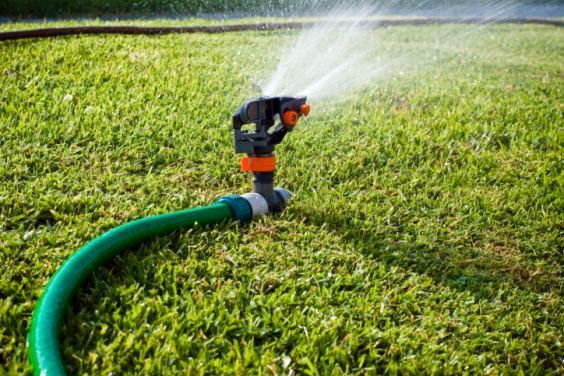
1) If you are planting a new lawn or want to resow the existing one, try to use drought resistant plants and grasses. In fact, many plants grow green and robust even without excessive irrigation.
-
2) Prepare a layer of mulch around the trees and plants in your garden to keep the soil at a good level of humidity at all times. In fact, this will allow the water to evaporate slowly and protect the plants from weeds.
-
3) Try to position the sprinklers in the garden more than correctly so that they only water the earth and not the paved areas. Also avoid watering on high wind days.
-
4) Most home lawns need to be irrigated once a week, so try to water your lawn only when it actually needs it. A good way to see if your lawn needs water is to trample the grass. If the grass moves it means it can wait another day, while if it stays flat it means it needs to be watered.. You can also choose not to water your lawn during the summer and let it dry out slightly. When the cooler weather returns, it will slowly regain strength thanks to the morning dew and seasonal rains. Sure you will have a lawn that looks brown, but how much water will you have saved?
-
5) Water the garden during the early hours of the morning, generally better than in the evening as they help prevent the growth of fungi and the appearance of snails or parasites. Furthermore, in this way the water will be better exploited in the following hours of the day.
6) To help keep your garden at a good level of humidity, preventing it from absorbing too much water, adding to the soil some organic fertilizer obtained from compost.
-
7) To significantly reduce the amount of water used for plants and lawns in general, an excellent practice is to strategically place a barrel per collect rainwater, subsequently installing hoses for watering or a simple drip irrigation system.
-
8) When washing the car with the hose in the yard, do not leave the tap open for too long. Wet the car with a bucket of water, lather it and use running water only to rinse it. For additional water savings, a better way to clean your car is to use a dry cleaning product.
-
9) For clean the courtyard floor use the broom not the hose.
-
10) Check frequently if there are any leaks in the pipes, in the taps and fittings of the water system of your garden / courtyard / vegetable garden. In fact, leaks to pipes outside the house can escape and be almost invisible, but if not checked periodically, they can lead to an enormous consumption of water.
Water conservation should be a natural and daily practice for the whole family. A tip for eco-responsible parents: take some time to teach your children to respect the environment with some fun way to save water at home, and you will see what a difference, especially in the bills!
Gloria Mastrantonio





